By constanca on July 31, 2015
Japan, Portuguese Navy, Portuguese Trading Posts
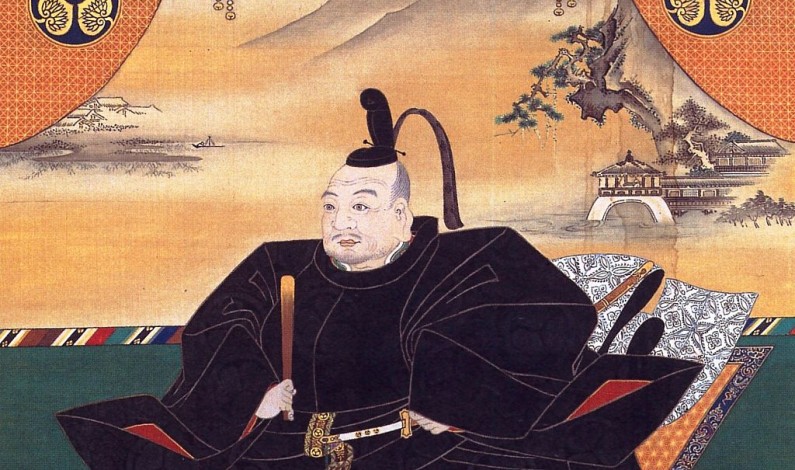
The Nossa Senhora da Graça incident, alternatively called the Madre de Deus incident, was a four-day naval action between a Portuguese carrack and samurai junks belonging to the Arima clan near the waters of Nagasaki in 1610. The richly-laden “great ship of commerce”, famed as the “black ship” by the Japanese, sank after its captain […]
By constanca on July 31, 2015
Asia, Japan
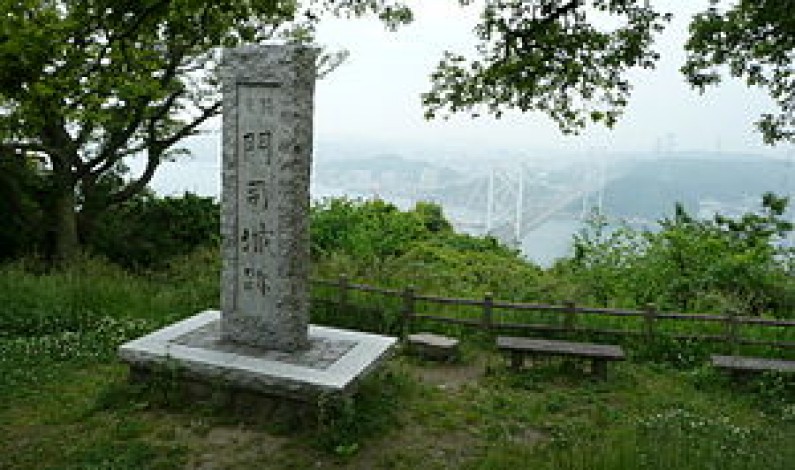
The Siege of Moji was a siege in 1561 against the castle of Moji in Japan. The castle belonged to the Mōri clan, whose capital was the city of Yamaguchi. Forces under Ōtomo Sōrin attacked the castle in alliance with the Portuguese, who provided three ships between 500 and 600 tons, each with a crew of […]
By constanca on July 31, 2015
Asia, Japan

The Nanban trade, Southern barbarian trade or the Nanban trade period, Southern barbarian trade period in the history of Japan extends from the arrival of the first Europeans – Portuguese explorers, missionaries and merchants – to Japan in 1543, to their near-total exclusion from the archipelago in 1614, under the promulgation of the “Sakoku” Seclusion Edicts. First […]
By constanca on July 26, 2015
Japan

For nearly a century Japan, with approximately 500,000 Catholics by the early 1600s, was the most spectacular success story in Asia for European missionaries. Why did so many convert? Some undoubtedly were attracted by the Christian message of salvation, but others hoped to gain economic or political advantage. The daimyo of Omura seems to have […]
By constanca on July 26, 2015
Japan
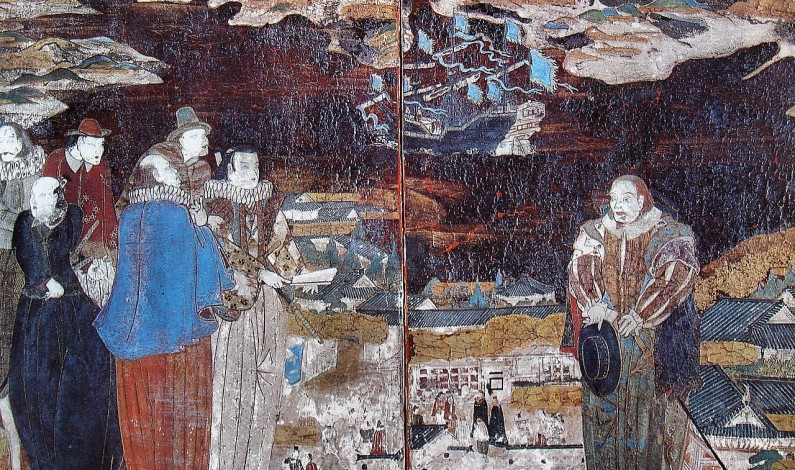
History Christian missionaries were known as bateren (from the Portuguese word padre, “father”) or iruman (from the Portuguese irmão, “brother”). Both the transcriptions 切支丹 and 鬼利死丹 came into use during the Edo Period when Christianity was a forbidden religion. The Kanji used for the transcriptions have negative connotations. The first one could be read as “cut […]
By constanca on June 20, 2015
Asia, Japan, Macau, China

The monopoly of eastern trade by the Portuguese was not absolute even in theory; apart from the fact that illicit dealings by officials and others soon crept in, Asian as well as Portuguese merchants were licensed to trade, except in spices and a few other commodities, in the areas under Lusian dominance. Except for de […]
By constanca on June 20, 2015
Asia, Japan
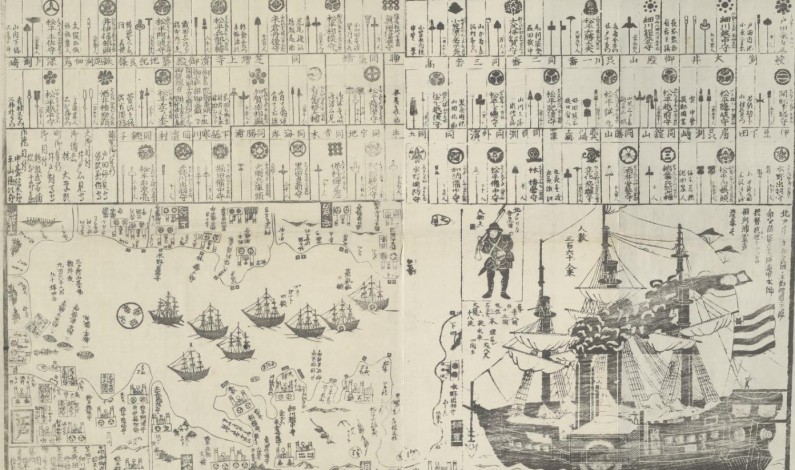
The Black Ships (in Japanese, kurofune, Edo Period term) was the name given to Western vessels arriving in Japan in the 16th and 19th centuries. In 1543 Portuguese initiated the first contacts, establishing a trade route linking Goa to Nagasaki. The large carracks engaged in this trade had the hull painted black with pitch, […]
By constanca on June 20, 2015
Asia, Japan
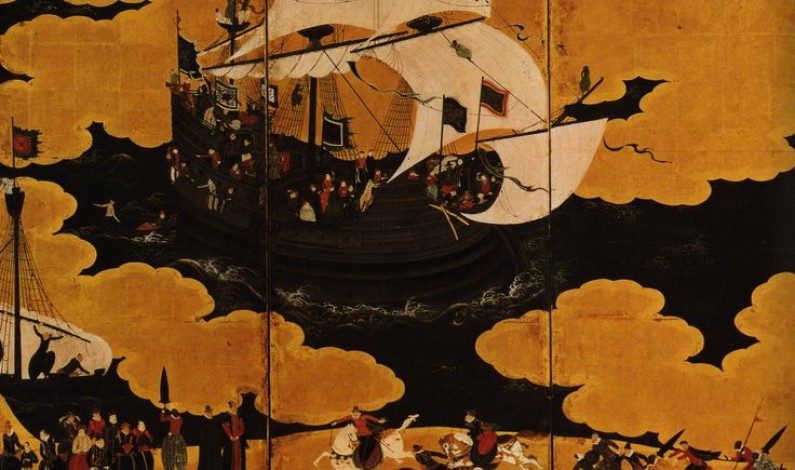
Nagasaki is the capital and the largest city of Nagasaki Prefecture on the island of Kyushu in Japan. It became a center of Portuguese and other European influence in the 16th through 19th centuries, and the Churches and Christian Sites in Nagasaki have been proposed for inscription on the UNESCO World Heritage List. Part of […]
By constanca on June 20, 2015
Asia, Japan
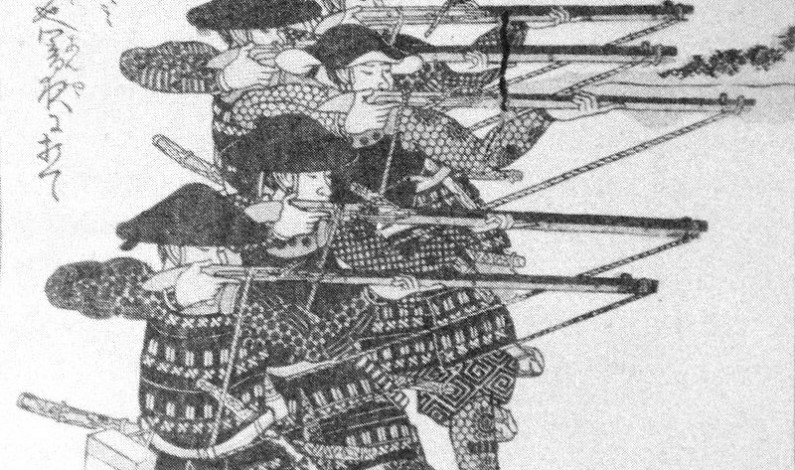
Tanegashima, also hinawajū, was a type of matchlock or arquebus firearm introduced to Japan through the Portuguese in 1543. Tanegashima were used by the samurai class and their foot soldiers (ashigaru) and within a few years the introduction of the tanegashima in battle changed the way war was fought in Japan forever. Origins The tanegashima seems to […]
By constanca on June 20, 2015
Asia, Japan
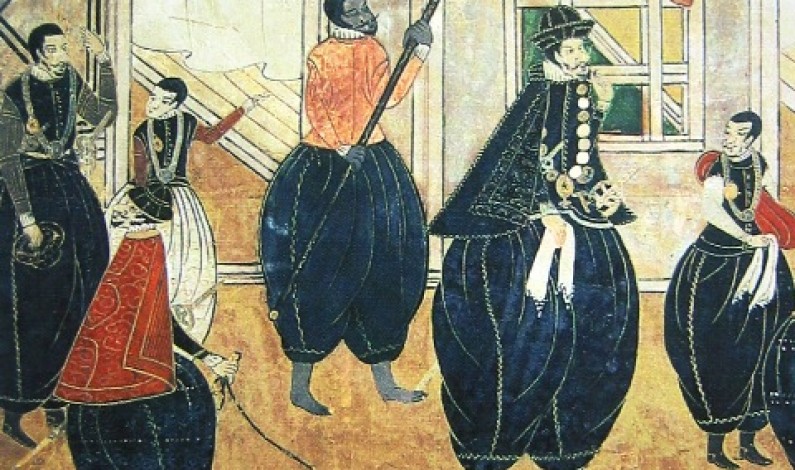
After the Portuguese first made contact with Japan in 1543, a large scale slave trade developed in which Portuguese purchased Japanese as slaves in Japan and sold them to various locations overseas, including Portugal itself, throughout the sixteenth and seventeenth centuries. Many documents mention the large slave trade along with protests against the enslavement of Japanese. […]











